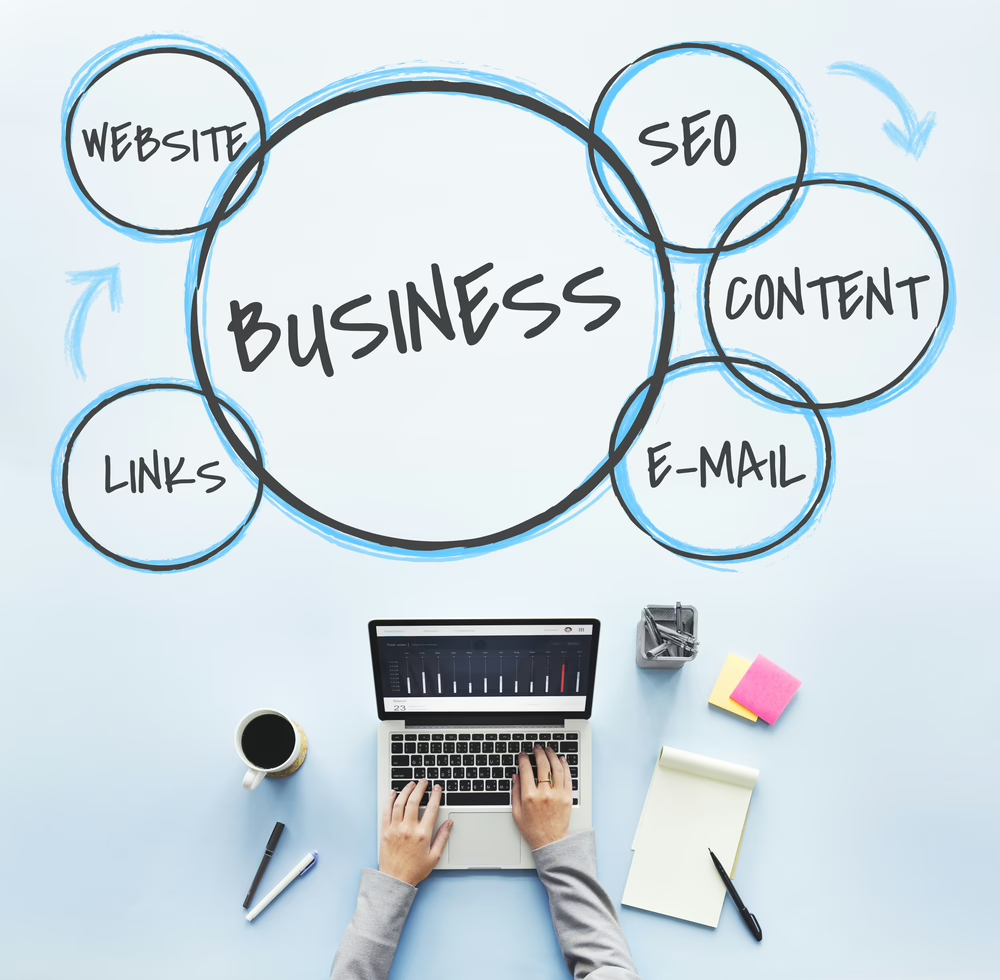
Join Demand Generation With PPC for an Extra Power Boost
If search engine optimization (SEO) provides long-term organic traffic, pay-per-click (PPC) marketing quickly boosts your San Diego demand-generation campaigns.
This post shares five tips on how to do it:
 As the online advertising leader, Google remains the best place to publish PPC ads for demand generation. However, do not limit your campaigns there. Social media networks and Microsoft Ads (formerly Bing Ads) can perform just as well, if not better. It all depends on your objectives, target audience, and budget. For instance, Microsoft Ads is ideal in the following situations:
As the online advertising leader, Google remains the best place to publish PPC ads for demand generation. However, do not limit your campaigns there. Social media networks and Microsoft Ads (formerly Bing Ads) can perform just as well, if not better. It all depends on your objectives, target audience, and budget. For instance, Microsoft Ads is ideal in the following situations: Your landing page is one of the defining factors of PPC success. When optimized, it becomes relevant to your targeted leads and keywords and raises your CTR. Both will then raise your ad quality score (AQS). When your AQS is high, it lifts your ad rank, which means copies now appear more frequently in high-converting positions. It also reduces your CPC and overall PPC budget. Digital Authority Partners (DAP) shares the best practices for making PPC landing pages. If you need ideas, a few examples are below:
Your landing page is one of the defining factors of PPC success. When optimized, it becomes relevant to your targeted leads and keywords and raises your CTR. Both will then raise your ad quality score (AQS). When your AQS is high, it lifts your ad rank, which means copies now appear more frequently in high-converting positions. It also reduces your CPC and overall PPC budget. Digital Authority Partners (DAP) shares the best practices for making PPC landing pages. If you need ideas, a few examples are below:
- Strike a balance with your PPC keywords.
- Widen your reach with social media and Bing ads.
- Take advantage of PPC AI.
- Optimize your landing page.
- Know your metrics and track them well.
If you want to learn how Digital Authority Partners can increase your PPC effectiveness, watch this video!
1. Strike a Balance with Your PPC Keywords
Because most ads appear on search results, keywords also rule PPC. This is where many, especially inexperienced ones, feel overwhelmed. What terms and phrases should they use? What criteria should they consider? What strategies must they perform? Balance is the answer to all of these questions.- Analyze your leads, break them down into segments, and know the user intent and common queries.
- Get in the “middle” of the search volume. If it is high, the keyword is often competitive and expensive. If it is low, it does not have enough people looking for it. Aim for 100 to 1,000, depending on your industry and competition.
- Use negative keywords to limit when, where, and to whom your ads appear, but avoid excessively restricting your terms performance.
2. Widen Your Reach with Social Media and Microsoft Ads
 As the online advertising leader, Google remains the best place to publish PPC ads for demand generation. However, do not limit your campaigns there. Social media networks and Microsoft Ads (formerly Bing Ads) can perform just as well, if not better. It all depends on your objectives, target audience, and budget. For instance, Microsoft Ads is ideal in the following situations:
As the online advertising leader, Google remains the best place to publish PPC ads for demand generation. However, do not limit your campaigns there. Social media networks and Microsoft Ads (formerly Bing Ads) can perform just as well, if not better. It all depends on your objectives, target audience, and budget. For instance, Microsoft Ads is ideal in the following situations:- The budget is limited. Because keyword competition is lower in Bing than in Google, the cost-per-click (CPC) is also cheaper.
- Your audience uses desktop PCs more. Although Bing shows mobile versions of websites, it has yet to adopt mobile-first indexing.
- You want to display ads in Bing’s chat. With the massive success of ChatGPT’s integration, Microsoft now allows publishers to put ads in the chat. This further exposes your copies to at least 100 million users daily.
3. Take Advantage of PPC AI
AI is the perfect marketing partner because it streamlines many routine but essential demand-generation activities, including PPC. These include the following:- Keyword research
- Bid management
- Ad-copy optimization
- Predictive analytics
- Audience segmentation
- Audience retargeting
- Budget allocation
- Performance reporting
- Multivariate testing
- Combines creative assets and first-party data to understand your audience and show the best-matched ads to them.
- Displays advertisements on your preferred channels with little to no human intervention, while retaining their ideal formats.
- Aligns many PPC marketing elements with your goals, such as budget and products, to display on the ad.
4. Optimize Your Landing Page
 Your landing page is one of the defining factors of PPC success. When optimized, it becomes relevant to your targeted leads and keywords and raises your CTR. Both will then raise your ad quality score (AQS). When your AQS is high, it lifts your ad rank, which means copies now appear more frequently in high-converting positions. It also reduces your CPC and overall PPC budget. Digital Authority Partners (DAP) shares the best practices for making PPC landing pages. If you need ideas, a few examples are below:
Your landing page is one of the defining factors of PPC success. When optimized, it becomes relevant to your targeted leads and keywords and raises your CTR. Both will then raise your ad quality score (AQS). When your AQS is high, it lifts your ad rank, which means copies now appear more frequently in high-converting positions. It also reduces your CPC and overall PPC budget. Digital Authority Partners (DAP) shares the best practices for making PPC landing pages. If you need ideas, a few examples are below:- Showcase images of La Jolla Cove or Torrey Pines as a backdrop when promoting a fine-dining restaurant.
- Interactive nightlife quiz for a Gaslamp Quarter bar.
- Clips of Moonlight Beach with surfers catching waves at sunrise were used to encourage sign-ups for surfing classes in Encinitas.
- 360-degree video content of Oceanside Pier with surfers, fishermen, and the sun setting.
5. Know Your Metrics and Track Them Well
The best way to make PPC for demand generation cost-effective is to track its performance, but what data should you consider? DAP recommends a few metrics. Examples are CTR, cost per conversion, page visits, duration of sessions, and traffic. Follow these tips as well for a more comprehensive picture of your campaign’s success:- Expand your data sources. Include second- and third-party data for deeper insights. Assess dark social media interactions such as ads shared in instant messages, through short surveys, feedback, or interviews.
- Work closely with the sales department, which usually handles lead generation.
- Know your marketing goals and determine the benchmarks that best measure them.
- Break down your data by device, location, time of day, and audience type to understand performance variations and optimize accordingly.
- Account for external factors when analyzing your internal data. How are your competitors performing? What platform or ad-policy changes can impact PPC performance?
Summing Up
Effective San Diego demand generation optimizes lead generation and management. It delivers more sales-ready leads and nurtures prospects until they are ready for conversion. It builds a trustworthy, credible brand that customers want to support. These five PPC strategies help you develop a results-driven marketing plan for those still in the early stages of their customer journey. However, if you need a specialized plan that is tailored to the San Diego market, partner with Digital Authority Partners (DAP). Contact us today to learn more.Want To Meet Our Expert Team?
Book a meeting directly here



